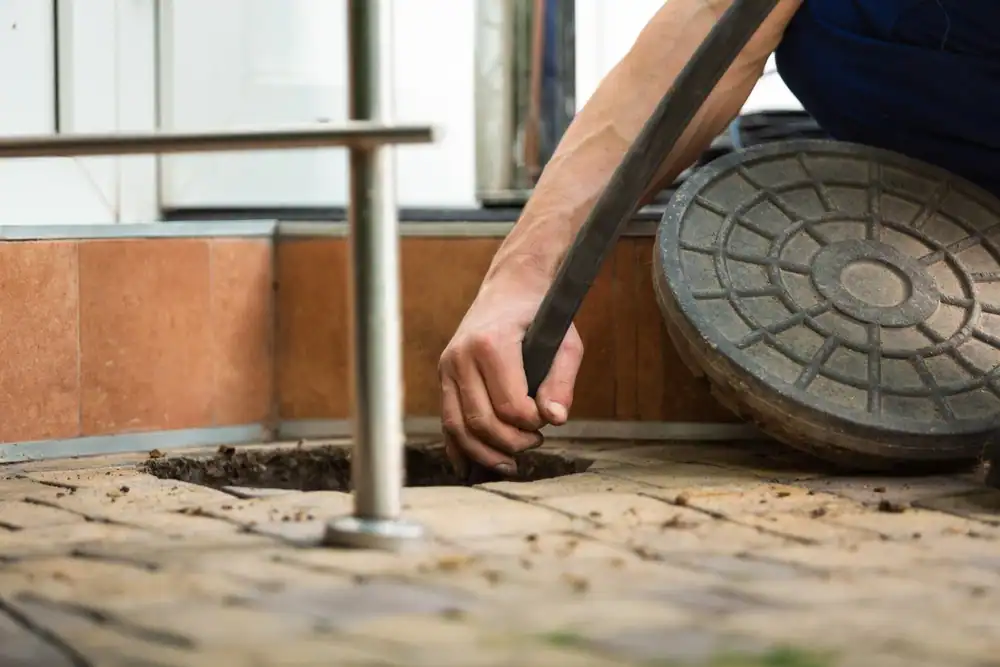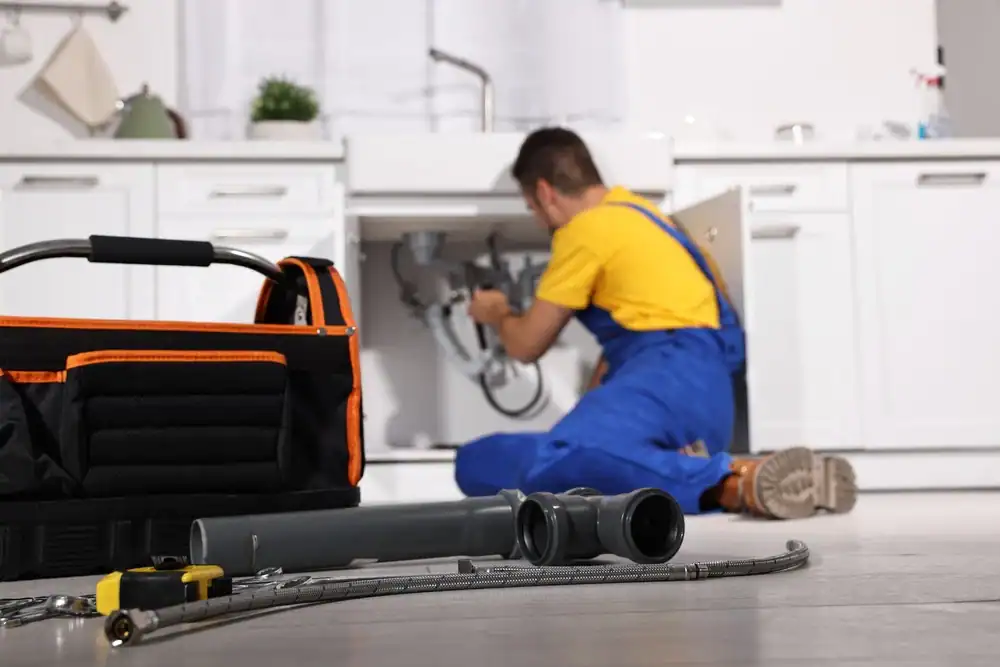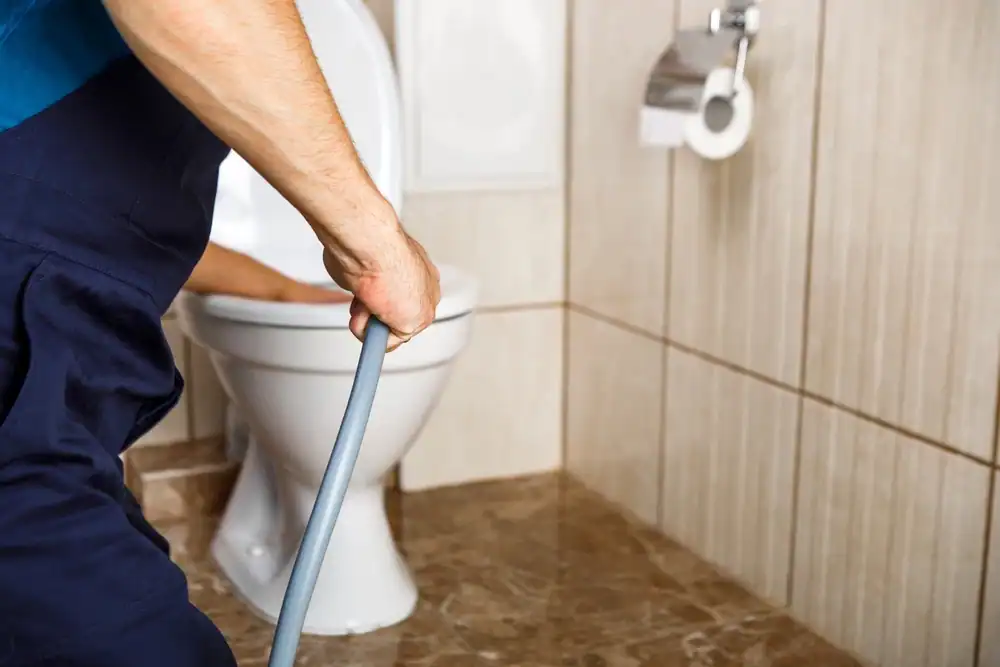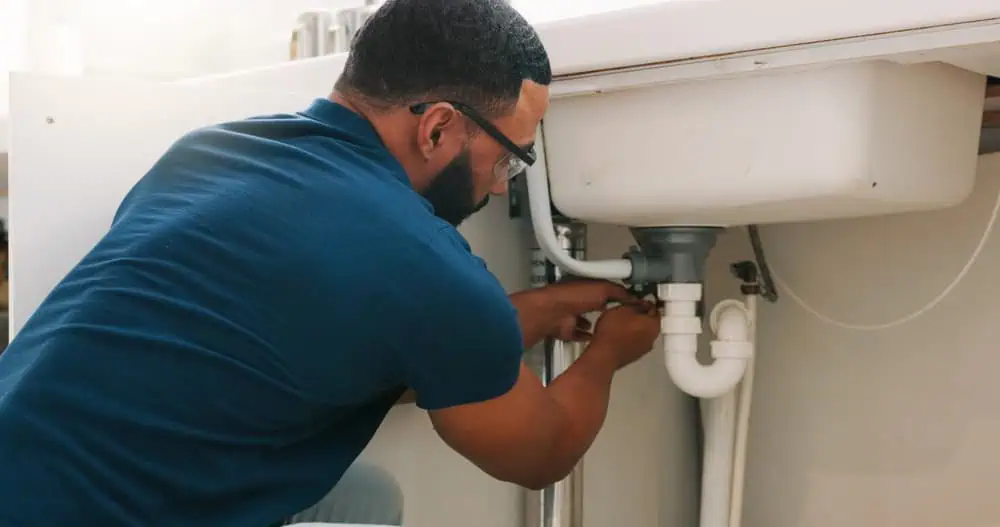Summary:
The Science Behind a Burst Pipe
Why does a frozen pipe turn into a plumbing disaster? When water turns to ice, it expands with incredible force, occupying about 9% more volume. This process exerts pressure that can exceed 2,500 PSI. Your home’s copper or PVC pipes are not designed to handle that kind of internal force. The rupture often occurs not where the ice blockage is, but in the section of pipe between the ice and a closed faucet. The trapped water has nowhere to go as the ice plug expands, leading to a catastrophic failure. This is why a simple preventative check can save you from needing major pipe repair.
Identifying Your Home’s Weak Spots
In any St. Charles home, certain areas of your residential plumbing are far more susceptible to freezing. These include water supply lines in unheated crawl spaces, basements, attics, and garages. Pipes located in exterior walls, particularly those that get little to no sun, are also at high risk. Even pipes under a kitchen sink can freeze if the cabinet is against a cold outer wall. A local plumber familiar with our area’s construction styles can help identify these vulnerable spots during an inspection. Proactive leak detection can also uncover small existing issues that could worsen under winter stress.
When Is the Risk Highest?
In any St. Charles home, certain areas of your residential plumbing are far more susceptible to freezing. These include water supply lines in unheated crawl spaces, basements, attics, and garages. Pipes located in exterior walls, particularly those that get little to no sun, are also at high risk. Even pipes under a kitchen sink can freeze if the cabinet is against a cold outer wall. A local plumber familiar with our area’s construction styles can help identify these vulnerable spots during an inspection. Proactive leak detection can also uncover small existing issues that could worsen under winter stress.
Want live answers?
Connect with a FloTek Plumbing expert for fast, friendly support.
A Strategic Approach to Winter Plumbing Protection
A proper winterization plan is your best defense against needing an emergency plumber. This plan involves both insulating your pipes and managing heat and water flow during cold snaps. Start by disconnecting and draining all outdoor hoses to prevent ice from cracking the exterior faucets. Next, locate and turn off the interior shut-off valves for those spigots. If you have an older home or are unsure how to do this, a licensed plumber can assist and show you the process. This is a fundamental part of home maintenance that protects some of your system’s most exposed components.
Insulation: Your First and Best Defense
Properly insulating your pipes is one of the most effective plumber services you can perform yourself. For pipes in very cold areas like a crawlspace, use high-quality closed-cell rubber or fiberglass insulation sleeves, not just thin foam. Check the R-value; a higher number provides better thermal resistance. Seal joints in the insulation with tape to create a continuous barrier. Furthermore, use expanding foam sealant or caulk to close any gaps or cracks in your foundation or siding where cold air can infiltrate and reach your pipes. This simple step complements your insulation efforts.
Active Measures for Extreme Cold
When temperatures plunge into the teens or single digits, you need to be more proactive. Allow a small, steady drip of water to run from the faucet furthest from where the water main enters your house. This constant movement and pressure relief can prevent a freeze-up. Open the cabinet doors under your sinks to allow heated air to circulate around the pipes. If you have plumbing in a problematic basement area, consider placing a small, safely-operated space heater in the general vicinity, ensuring it is not near any flammable materials. Even your water heater can benefit from a warmer basement, operating more efficiently. A certified plumber can also install heat tape on pipes for a more permanent solution.
Secure Your Home with Professional Support
You can handle many aspects of winterization, but the most reliable protection often comes from professional insight. A licensed plumber can assess your entire system, from performing leak detection to identifying hidden risks you might overlook. Investing in professional plumber services for a pre-winter inspection can prevent the need for much more costly emergency repairs later. If you want to protect your St. Charles property this winter, contact us today to schedule an inspection or discuss your winterization needs.




